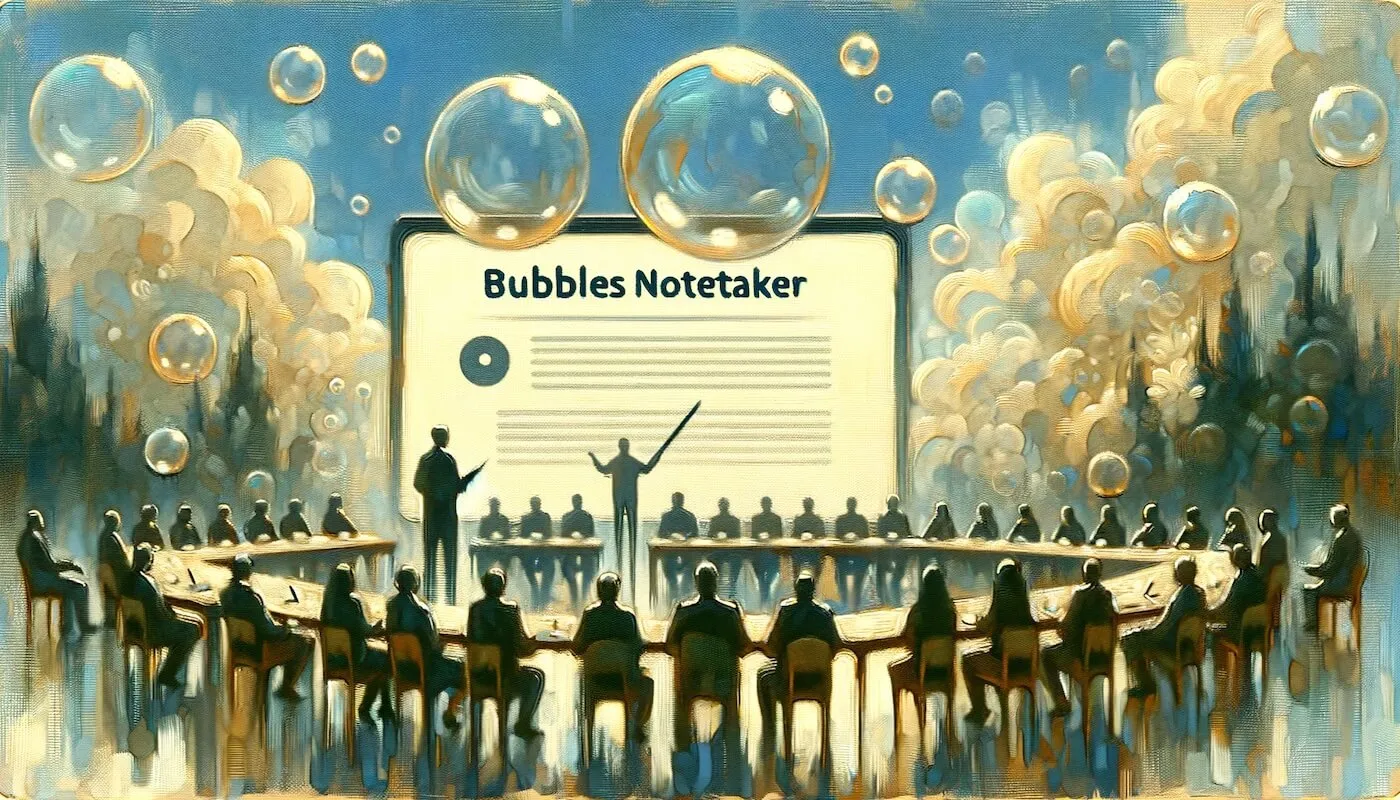
5 Essential Steps to Streamline Your Sprint Planning Process
Looking to make your team's sprint planning sessions less of a headache and more of a harmony? Learn 5 essential steps within that will streamline your process, enhancing efficiency and focus, and paving the way for smoother, more effective work flows.
Sprint planning is a crucial ceremony in the scrum framework that sets the direction for a successful sprint. It's the event where the scrum team, including the scrum master (where applicable), product owner, and development team members, collaboratively decide what to work on in the upcoming sprint. There is no rank or hierarchy. Rather, it is a cohesive unit of goal-oriented individuals. A well-organized sprint planning process can significantly impact your team's productivity and ultimately lead to successful project delivery. In this article, five essential steps will be covered to streamline your sprint planning process and ensure it runs efficiently.
Step 1: Prepare Your Sprint Planning Meeting Agenda
The first step in streamlining your sprint planning process is to prepare a well-structured meeting agenda. This is because, even though it can be beneficial to encourage an agile sprint for flexibility and suggestions, an agenda serves as a roadmap for the entire planning meeting, ensuring that you cover all the necessary topics without wasting time.
Therefore, here's a template for a sprint planning meeting agenda:
1. Opening (5 minutes)
- Welcome and introduction.
- Review of the meeting's objectives where necessary.
2. Review of Previous Sprint (10 minutes)
- Sprint review highlights.
- Sprint retrospective insights.
- What went well and what needs improvement.
3. Product Backlog Refinement (15 minutes)
- Product Owner presents the prioritized backlog items.
- Clarifications and questions from the development team.
4. Selection of Sprint Backlog Items (30 minutes)
- Discussion of backlog items.
- Estimation of user stories (using story points or other units).
- Commitment to a specific scope for the sprint.
5. Sprint Plan (10 minutes)
- High-level plan for the sprint.
- Definition of sprint goals.
- This can be individual or team orientated.
6. Capacity Assessment (10 minutes)
- Review team's capacity and velocity.
- Adjustments based on team member availability or dependencies.
7. Task Breakdown (15 minutes)
- Decompose selected user stories into tasks.
- Assigning tasks to team members.
8. Definition of Done (5 minutes)
- Confirming the team's understanding of 'done' for the sprint.
- Creating this simple list of activities that add verifiable/demonstrable value to the product.
9. Meeting Conclusion (5 minutes)
- Recap of commitments and action items.
- Set the date for the next sprint planning meeting.
A well-structured agenda like this one helps keep the sprint planning meeting on track, ensuring that it doesn't run too long or get sidetracked by unrelated discussions. Naturally, every team's meeting agenda template will be tailored to their unique dynamics and working methods. However, adhering to a structured plan is generally considered a best practice.
Step 2: Backlog Refinement
Before the sprint planning meeting, it's essential to conduct backlog refinement sessions. These sessions involve the scrum team clarifying the user stories in the product backlog. Backlog refinement helps ensure that the stories are well-defined, appropriately sized, and ready for selection during the sprint planning meeting.
During the refinement sessions, the team discusses each user story, breaks it down into smaller tasks if necessary, and estimates the effort required to complete it. This estimation is typically done using story points or other units like hours. By the time the sprint planning meeting arrives, the team should have a clear understanding of the backlog items and their relative sizes.
Backlog refinement not only streamlines the sprint planning process but also increases the team's overall efficiency by reducing the need for lengthy discussions during the planning meeting. It allows the team to focus on selecting and committing to the sprint backlog items without getting bogged down in details.
Step 3: Collaborate Using Agile Tools
In today's increasingly varied work environment, collaboration tools are essential for streamlining the sprint planning process. Agile teams often work remotely or in different locations, making it crucial to have the right tools for communication and coordination. Here are some tools that can facilitate collaboration during sprint planning:
- Video Conferencing: Platforms like Zoom or Microsoft Teams enable remote teams to conduct sprint planning meetings seamlessly. Video conferencing provides a way for team members to see each other, which can enhance communication and engagement during the meeting.
- Asynchronous Collaboration Tools: Tools such as Bubbles can be used effectively alongside video conferenced sprint planning meetings to both plan, and continue the dialogue while also suiting the schedules of the team. Aiding with the communication of top-of-mind talking points, asynchronous collaboration via Bubbles, for example, can help us communicate quickly and efficiently, without losing any detail. This can be effective in parts of your sprint plan, as for example, you could use Bubbles to send a teammate a recap of your last sprint, encouraging conversation and review before collaborating to decide outstanding action items to ensure the team remain on track.
- Chat and Messaging Apps: Apps like Slack can be used alongside a tool like Bubbles for those topics that require a quick clarification or interaction in real-time.
Using these collaboration tools, teams can work together efficiently, even when team members are located in different time zones or working remotely. At Bubbles, we utilise all three of the mentioned collaboration methods within our sprints.
Make your
meetings matter
Loved and trusted by 100,000+ users:
- Automatically Record and Transcribe Meetings
- Extremely Accurate Notes, Summaries, and Action Items powered by AI
- Works with Zoom, Google Meet, and Microsoft Teams
- Save time and follow-up with quick async videos
Simply connect your work Google or Microsoft Calendar to get started.
Step 4: Consider Dependencies and Velocity
To streamline your sprint planning process, it's essential to consider dependencies between user stories and the team's velocity. Dependencies can impact the order in which you work on backlog items, as well as the overall sprint plan, which should not be problematic if planned correctly. Therefore, during the planning meeting, identify any dependencies and discuss how they should be handled. It might involve rearranging the order of user stories or breaking down tasks to minimize interdependencies.
Velocity, on the other hand, is a measure of the team's capacity to complete work in a sprint. It's based on historical data and reflects the average number of story points or tasks the team can complete in a sprint. Understanding your team's velocity helps in selecting the right amount of work for the sprint backlog and reduces incomplete work carrying over into the next sprint. Be sure to consider team member availability, vacations, and other factors that might affect velocity when planning the sprint.
Step 5: Continuous Improvement
Finally, one of the most crucial steps in streamlining your sprint planning process is to embrace a culture of continuous improvement. After each sprint, conduct a sprint retrospective, which is another important scrum ceremony. During the retrospective, the team reflects on what went well, what could be improved, and identifies action items to enhance future sprints.
The insights gathered from sprint retrospectives should be used to refine and optimize your sprint planning process continually. If there are recurring issues or bottlenecks in your planning meetings, address them and implement improvements. For example, if you find that certain backlog items consistently cause confusion or delays, work on clarifying them during backlog refinement sessions, or reassigning to another team member if necessary.
Additionally, seek feedback from the scrum team members and stakeholders to identify any pain points in the sprint planning process. Are there any communication gaps or tool-related issues that need to be addressed? Gathering feedback and acting on it can lead to significant improvements in your sprint planning process over time, and therefore, the team's output. building-a-feedback-culture-in-your-workplace
In conclusion, streamlining your sprint planning process is essential for maximizing your team's productivity and achieving successful project outcomes. By following these five essential steps, you can ensure that your sprint planning meetings run smoothly and effectively. Remember that agility is at the core of the scrum framework, so be adaptable and open to making adjustments as needed to optimize sprint planning for your unique team and project management needs.
Collaborate better with your team
Get your point across using screen, video, and audio messages. Bubbles is free, and offers unlimited recordings with a click of a button.
.png)
Collaborate better with your team
Get your point across using screen, video, and audio messages. Bubbles is free, and offers unlimited recordings with a click of a button.
.png)












